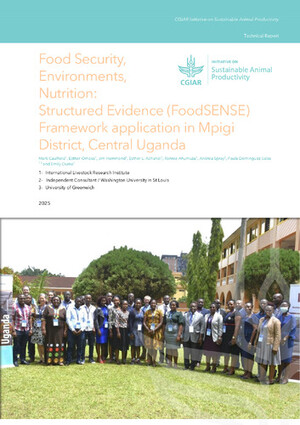
Remotely sensed thermal decay rate: An index for vegetation monitoring
Abstract
Vegetation buffers local diurnal land surface temperatures, however, this effect has found limited applications for remote vegetation characterization. In this work, we parameterize diurnal temperature variations as the thermal decay rate derived by using satellite daytime and nighttime land surface temperatures and modeled using Newton’s law of cooling. The relationship between the thermal decay rate and vegetation depends on many factors including vegetation type, size, water content, location, and local conditions. The theoretical relationships are elucidated, and empirical relationships are presented. Results show that the decay rate summarizes both vegetation structure and function and exhibits a high correlation with other established vegetation-related observations. As proof of concept, we interpret 15-year spatially explicit trends in the annual thermal decay rates over Africa and discuss results. Given recent increases in availability of finer spatial resolution satellite thermal measurements, the thermal decay rate may be a useful index for monitoring vegetation.
Citation
Kumar, S.S., Prihodko, L., Lind, B.M., Anchang, J., Ji, W., Ross, C.W., Kahiu, M.N., Velpuri, N.M. and Hanan, N.P. 2020. Remotely sensed thermal decay rate: An index for vegetation monitoring. Scientific Reports 10(1):9812.










